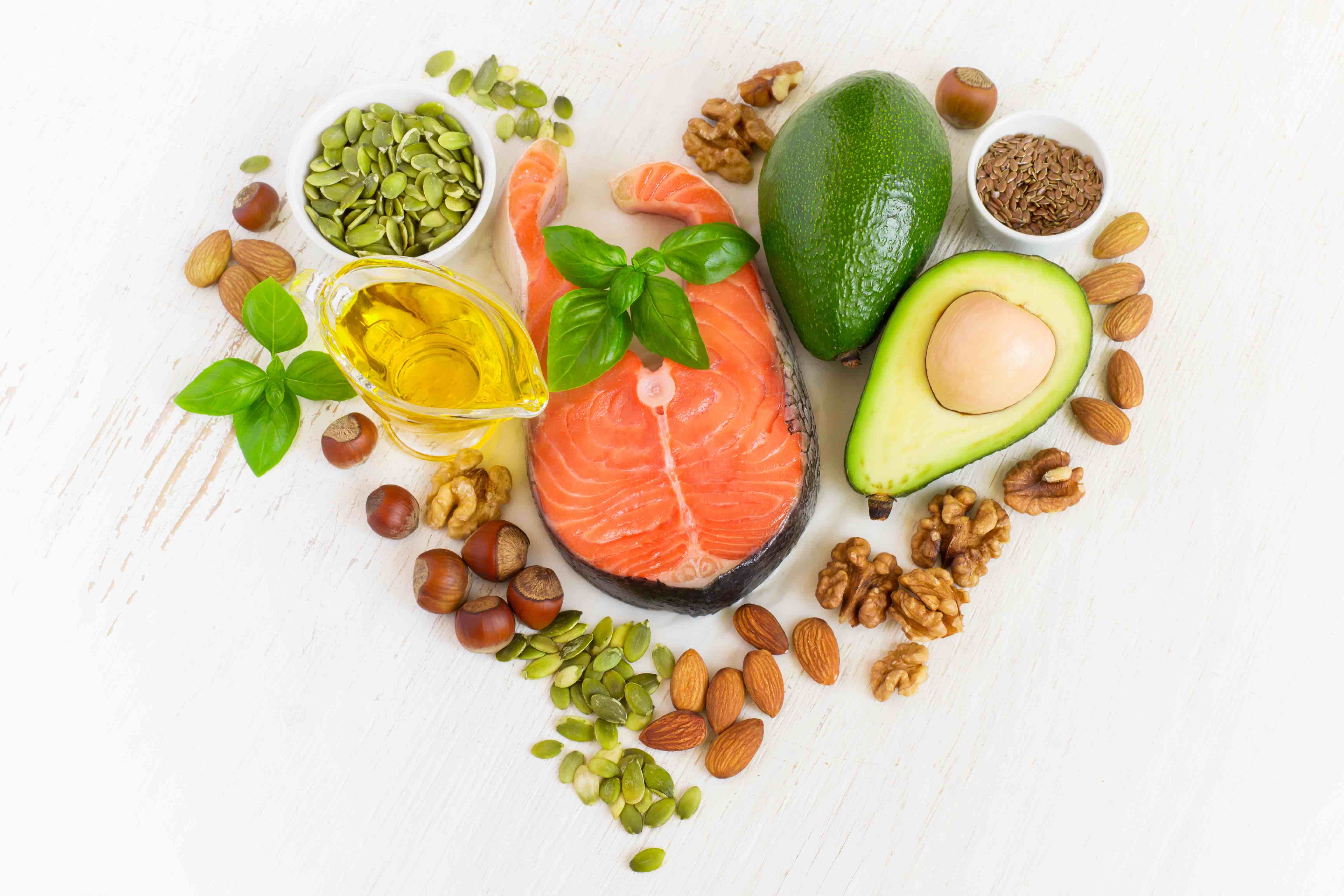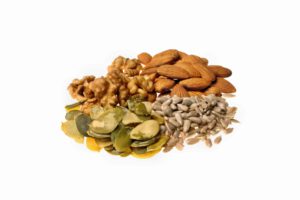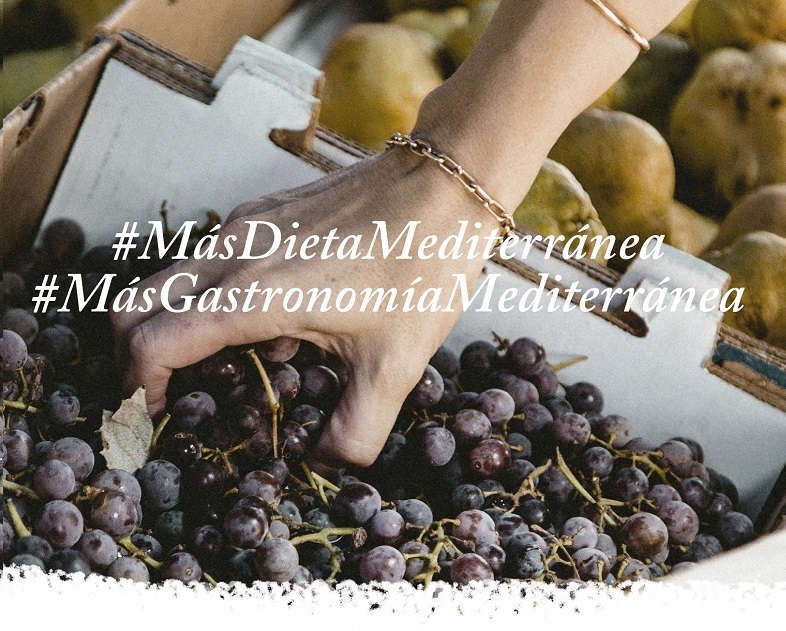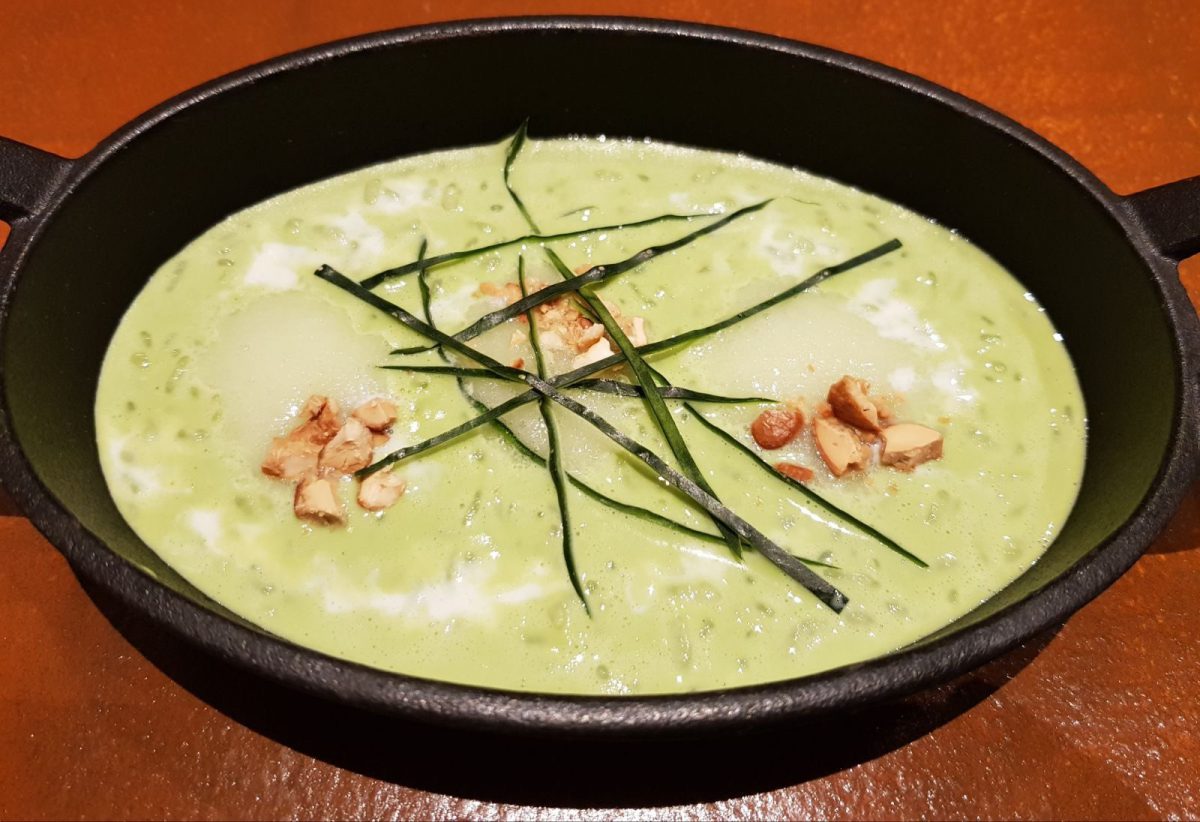
Take care of your cholesterol with food that helps to lower it
At these times it is common to commit excesses at the table and our body can suffer, especially if we have elevated cholesterol levels.
Cholesterol is a fat-like substance that is found only in foodstuffs of animal origin. Therefore we ingest it but also produce it.
Nutrition expert Rocío Río de la Loza, explains this topic in detail and proposes the best foods to lower cholesterol.
What is cholesterol?
Cholesterol is produced in the liver of animals and humans and is found in the cells of our entire body. It is essential for many physiological and biological functions like producing hormones, creating neurological connections, producing vitamin D and generating substances for digestion like bile.
Our body produces it, we require but it is also ingested through the consumption of animal products such as eggs, fish, poultry, beef, sausages, seafood, dairy products, etc. This is called dietary cholesterol. That is, the more products of animal origin we eat, the more of this substance is entering our body.
Cholesterol, being a type of fat, binds to certain proteins to be able to travel through the bloodstream: high-density lipoprotein (HDL) and low-density lipoprotein (LDL). When there is an excess of LDL (also known as “bad” cholesterol) it is agglutinating in the arteries and forms a kind of plaque that obstructs the correct flow of blood. Having cells that do not reach oxygen, cholesterol and other important compounds, health problems obviously arise.
High blood levels are a risk factor for stroke, heart attack and other cardiovascular diseases. But they are also indicative of hidden chronic inflammation and it is necessary to find the causes of such inflammation.
The Best Foods to Lower Cholesterol
Foods rich in fiber
Foods high in phytosterols
Foods of plant origin containing Omega-3 fatty acids
Foods rich in mono-unsaturated and polyunsaturated fats
Prefer meat foods that come from animals that have had the opportunity to graze and walk (in English it is known as “grass-fed”)
Prefer foods rich in vegetable proteins and lean meats
Some examples are: whole grains such as whole wheat, brown rice and oats, green leafy vegetables, legumes, nuts (pecans, walnuts, almonds, pine nuts, etc.), seeds (chia, linseed, sunflower seeds, Sesame, etc.), cold-pressed vegetable oils, olives, avocados and fish such as salmon.
Almonds, nuts and pipes help keep cholesterol at bay.
Diet suitable for not having harmful levels of cholesterol
The first strategy to maintain proper blood cholesterol levels is to always modify the diet to:
Replace trans fats with mono-unsaturated and polyunsaturated fats
Limit consumption of saturated fats
Increase fiber intake by emphasizing the consumption of whole grains and products based on them
Consume raw fruits and vegetables at each meal
Include at least one portion of legumes per day
In addition to:
Staying well hydrated
Reduce alcohol and coffee consumption
It will be essential to quit smoking, exercise daily and monitor stress levels. Following these tips we will keep cholesterol at the right levels and avoid diseases derived from it!





